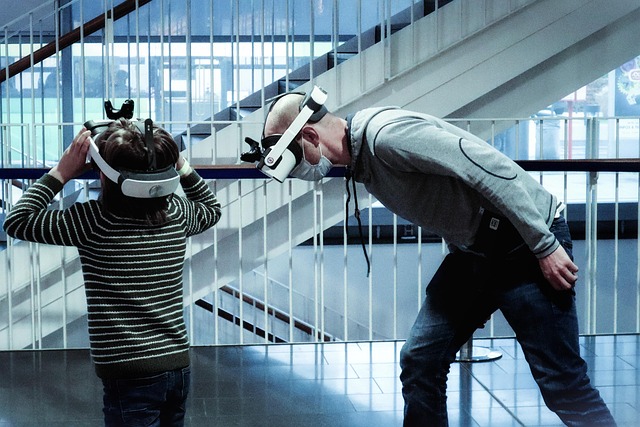
Navigating Alternate Realities: Spatial Navigation in Virtual Reality, Augmented Reality, and the Metaverse
In the rapidly evolving landscape of technology, the concept of spatial navigation has become increasingly significant, particularly within the realms of Virtual Reality (VR), Augmented Reality (AR), and the Metaverse. These immersive experiences allow users to traverse virtual environments that are designed to stimulate the senses in ways previously thought impossible, thereby transforming how we interact with digital content.
Virtual Reality: A Journey Beyond Our World
Virtual Reality offers a fully immersive experience where users are transported to entirely different worlds. Using VR headsets, individuals can engage in activities that range from exploring distant planets to recreating historical events. However, effective spatial navigation in this realm is essential for creating a sense of presence and realism. The way users move within these digital environments can significantly affect their level of engagement and enjoyment. Design elements such as intuitive controls, realistic physics, and landmarks play a critical role in guiding users through these fabricated landscapes, ensuring they feel connected to the virtual spaces they inhabit.
Augmented Reality: Blending the Real with the Digital
In contrast to the fully immersive VR experience, Augmented Reality serves to enhance our perception of the real world by overlaying digital information onto our surroundings. Think of AR as a complementary layer that enriches our spatial navigation within familiar environments. With applications ranging from interactive gaming to real-time navigation assistance, the importance of spatial awareness cannot be overstated. For example, apps like Google Maps make use of AR to provide directional prompts directly onto the street view, resulting in more intuitive navigation. Users can find their way with ease, merging their real-world awareness with digital cues.
The Metaverse: A New Frontier for Spatial Interaction
The Metaverse is the next frontier combining the elements of both VR and AR, creating interconnected virtual spaces where users can socialize, work, and play. Within this expansive digital universe, understanding spatial navigation becomes a blend of various interactive components. Users need to not only navigate their virtual avatars but also engage with other users, objects, and environments that are continually evolving. The Metaverse fosters a sense of community through shared experiences, making the intricacies of spatial navigation a vital aspect of interaction. Successful engagement in this ever-expanding online world depends on how well users can familiarize themselves with their surroundings and effectively interact within them.
As we venture further into the realms of VR, AR, and the Metaverse, the way we understand and execute spatial navigation will continue to shape our experiences. Whether it’s flying through fantastical landscapes, blending digital elements with our reality, or connecting with others in a shared virtual space, mastering spatial navigation is key to unlocking the true potential of these immersive technologies.



